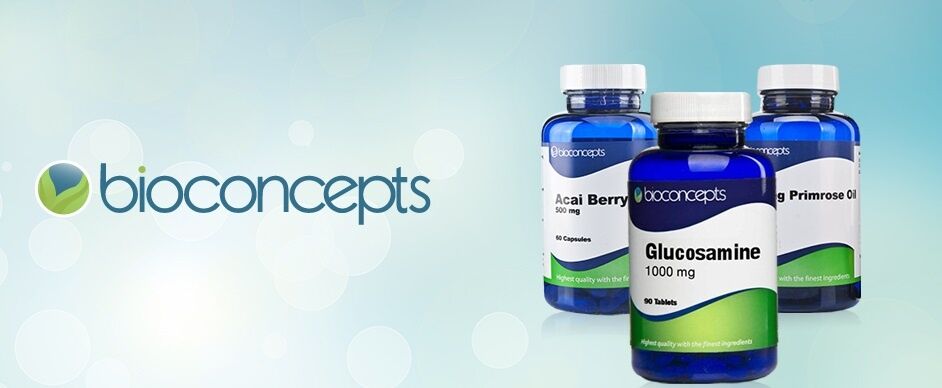
How much Zinc does the body need?
The Institute of Medicine has established the Adequate Intake (AI) levels of zinc for infants at birth to 6 months as 2 mg per day. For older babies, children, and adults, the Recommended Dietary Allowance (RDA) of zinc is established as:
- infants and children 7 months to 3 years, 3 mg/day
- 4 to 8 years, 5 mg/day
- 9 to 13 years, 8 mg/day
- girls 14 to 18 years, 9 mg/day
- boys and men age 14 and older, 11 mg/day
- women 19 and older, 8 mg/day
- pregnant women 14 to 18, 13 mg/day
- pregnant women 19 and older, 11 mg/day
- lactating women 14 to 18, 14 mg/day
- lactating women 19 and older, 12 mg/day
The Upper Intake Levels (UL), the maximum amount that is safe to take, of zinc supplements for people who are not already taking zinc under medical supervision are:
- Infants birth to 6 months, 4 mg/day
- 7 to 12 months, 5 mg/day
- children 1 to 3 years, 7 mg/day
- 4 to 8 years, 12 mg/day
- 9 to 13 years, 23 mg/day
- 14 to 18 years (including pregnancy and lactation), 34 mg/day
- adults 19 years and older (including pregnancy and lactation), 40 mg/day
For treating and preventing other illnesses, the following doses have been studied in scientific research:
By mouth:
- Treating a common cold: 1 zinc gluconate or acetate lozenge, providing 9-24 mg elemental zinc, dissolved in the mouth every 2 hours while awake when cold symptoms are present.
- Treating diarrhoea in malnourished children or children with zinc deficiency: 10-40 mg elemental zinc daily.
- Preventing and treating pneumonia in malnourished children in developing countries: 10-70 mg per day.
- Treating hypogeusia (abnormal sense of taste): 25-100 mg zinc.
- Treating anorexia nervosa: 100 mg of zinc gluconate each day.
- Treating stomach ulcers: zinc sulfate 200 mg taken 3 times each day.
- Treating muscle cramps in zinc deficient people with liver disease: zinc sulphate 220 mg twice a day.
- Treating osteoporosis: 15 mg zinc combined with 5 mg manganese, 1000 mg calcium, and 2.5 mg copper has been used in some cases for treating osteoporosis.
- Treating sickle cell disease: zinc sulphate 220 mg three times a day.
- Increased growth and weight gain in children, who have not reached puberty, with sickle cell disease: 10 mg elemental zinc per day.
- Treating attention deficit-hyperactivity disorder (ADHD) in children: doses of zinc sulphate 55 mg (15 mg elemental zinc) to 150 mg (40 mg elemental zinc) daily.
- Clearing up severe acne: 30 to 135 mg elemental zinc daily. ? Treating age-related macular degeneration (AMD): elemental zinc 80 mg plus vitamin C 500 mg, vitamin E 400 IU, and beta-carotene 15 mg daily.
Applied to the skin:
- Treating acne vulgaris: zinc acetate 1.2% with erythromycin 4% as a lotion applied twice a day.
- Treating herpes simplex infections: zinc sulphate 0.25% applied 8 to 10 times daily or zinc oxide 0.3% with glycine applied every 2 hours while awake.

